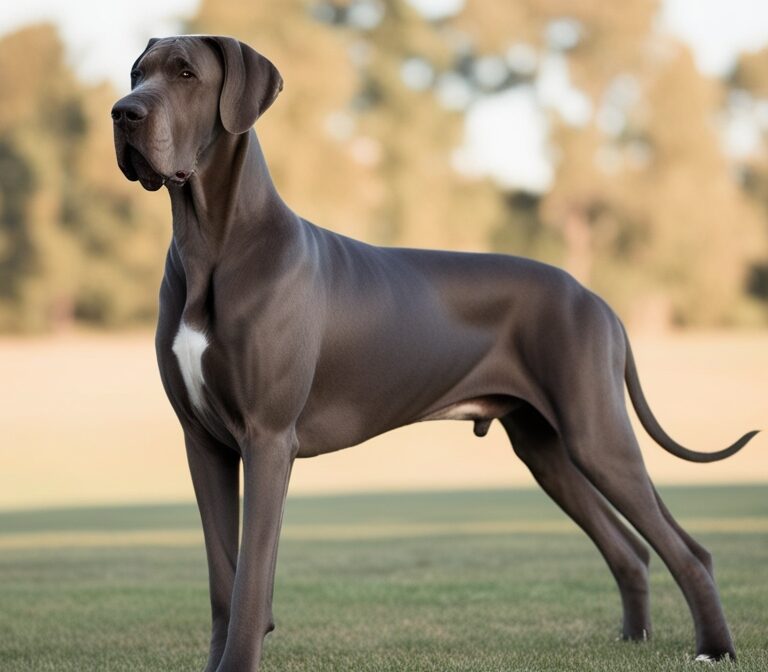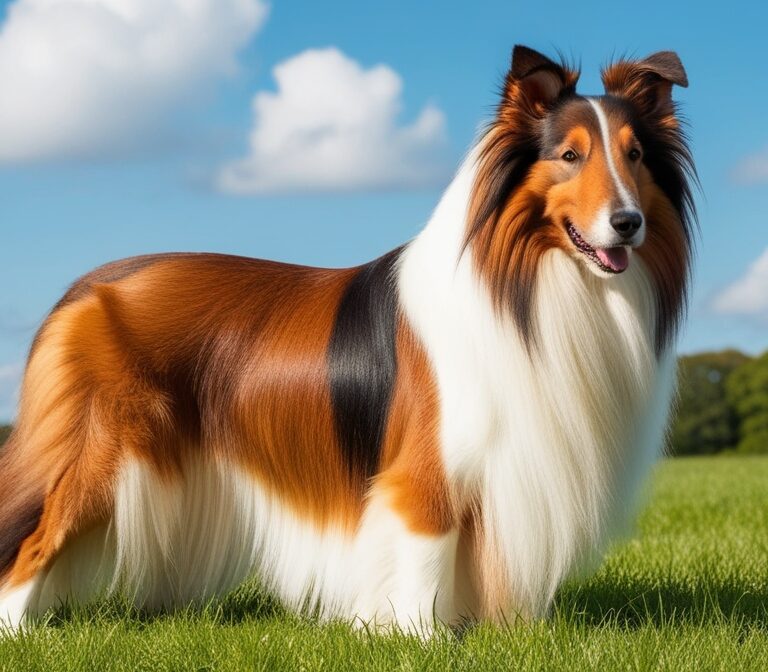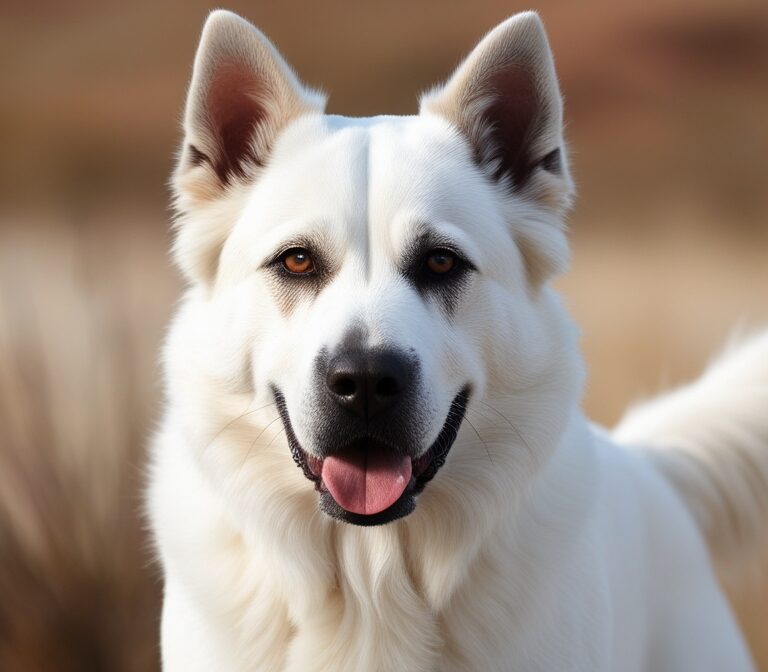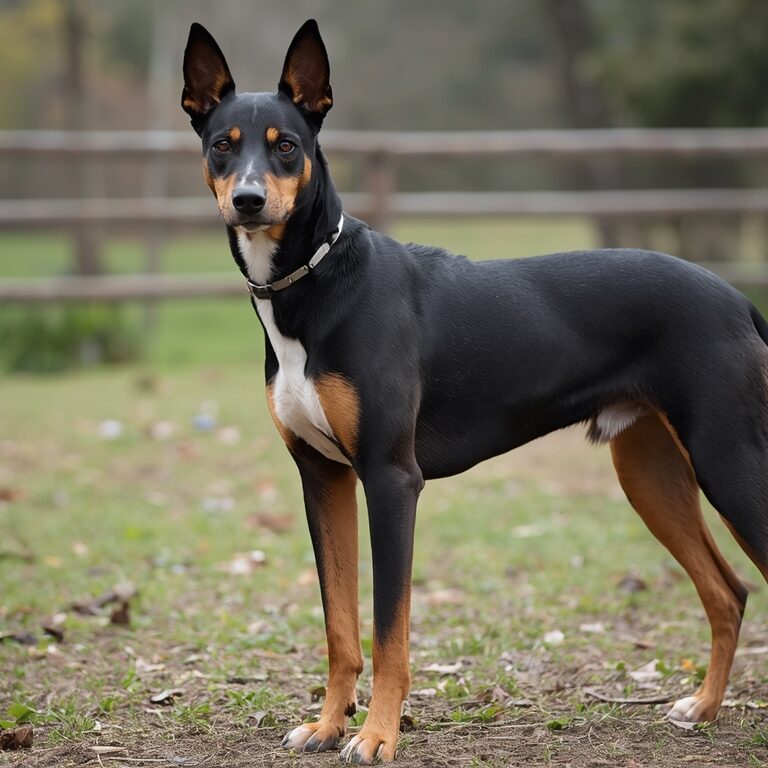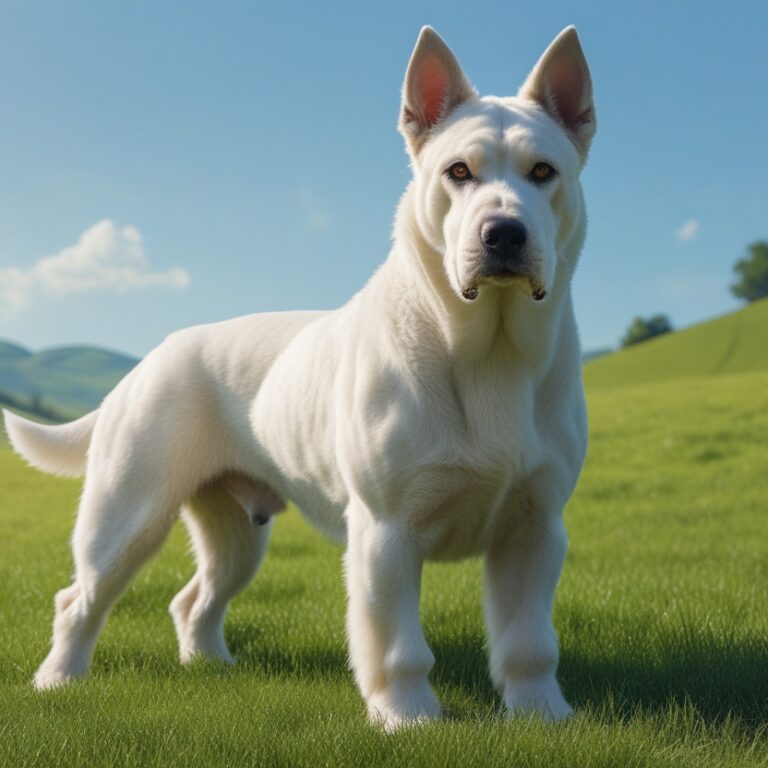The Border Terrier: A Complete Guide to This Spirited and Lovable Breed
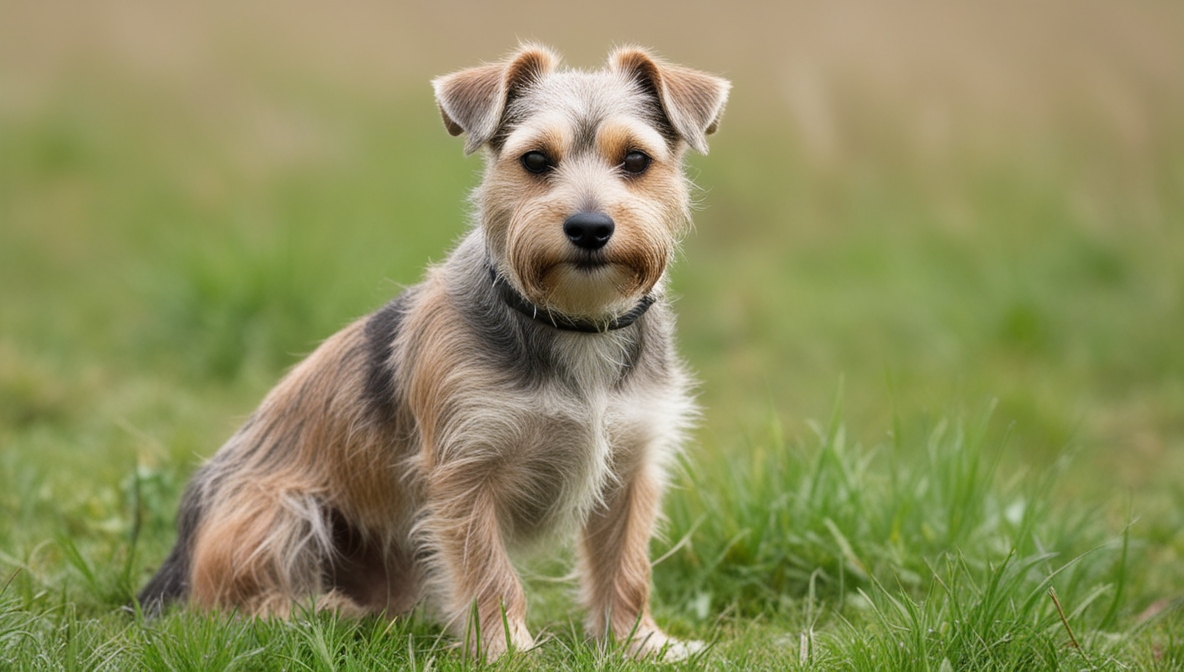
Origins and History of the Border Terrier
The Border Terrier is one of the oldest terrier breeds in the United Kingdom, tracing its roots back to the rugged borderlands between England and Scotland. Originally bred in the 18th century, these dogs were highly valued by farmers and shepherds for their courage, stamina, and ability to hunt foxes. The terrain of the border region demanded a hardy and resilient breed capable of keeping up with horses and covering miles of rough countryside. Unlike some other terriers that were selectively bred later for appearance, the Border Terrier was developed almost entirely for function. Its wiry coat, narrow body, and strong legs were designed for practical purposes rather than aesthetics.
Farmers needed a dog small enough to squeeze into fox dens but tough enough to chase predators away from livestock. The Border Terrier fulfilled this role perfectly. Their temperament was another key advantage: while fierce when working, they were known to be affectionate and reliable companions at home. Over time, this combination of traits secured the breed’s place as both a working dog and a beloved pet.
The Border Terrier gained official recognition by The Kennel Club in the United Kingdom in 1920, and later by the American Kennel Club in 1930. Since then, the breed has enjoyed steady popularity worldwide, particularly among families who appreciate its adaptability and spirited character.
Physical Characteristics of the Border Terrier
The Border Terrier is easily recognized by its distinctive otter-like head, wiry coat, and alert expression. On average, adult Border Terriers weigh between 11.5 and 15.5 pounds, with males typically larger than females. Their height ranges from 10 to 11 inches at the shoulder, making them small but sturdy dogs.
One of the most practical features of the Border Terrier is its double coat. The outer layer is dense and wiry, providing protection against harsh weather and rough terrain, while the undercoat is softer and insulating. Coat colors include red, grizzle and tan, blue and tan, or wheaten, each contributing to the breed’s rugged charm.
The breed’s narrow body and flexible ribs are key physical traits that enabled them to follow quarry underground. Their small V-shaped ears fold forward, and their keen, dark eyes radiate intelligence and curiosity. Border Terriers move with a distinctive, effortless gait that reflects their working heritage and agility.
Temperament and Personality
At the heart of the Border Terrier’s appeal is its personality. These dogs are affectionate, loyal, and generally good-natured, making them excellent family pets. They are known for being less feisty than some other terrier breeds, which is one reason many families prefer them. Border Terriers typically get along well with children and can coexist with other dogs if socialized properly from a young age.
Despite their easygoing nature indoors, the Border Terrier has a strong working instinct. They are tenacious hunters with a natural drive to chase small animals, a trait rooted in their history as fox hunters. Owners should be prepared for a dog that loves to dig, chase, and explore. Because of their inquisitive nature, Border Terriers should always be kept in secure, fenced environments when outdoors.
Their temperament is often described as balanced: affectionate without being overly clingy, alert without being aggressive, and playful without being destructive—provided their exercise needs are met. Many owners report that the Border Terrier has an uncanny ability to switch from active outdoor adventurer to calm indoor companion within minutes, making them a versatile breed for a variety of households.
Exercise and Activity Needs
Border Terriers are energetic dogs that thrive on physical activity. While their small size might suggest they are lap dogs, their working heritage ensures they need much more stimulation than the average toy breed. A typical Border Terrier requires at least an hour of daily exercise, though they will happily accept more if given the opportunity.
Long walks, play sessions in the yard, and opportunities to run in safe open spaces are ideal ways to keep them happy. They particularly enjoy activities that allow them to use both their bodies and their minds. Games such as fetch, scent-tracking, and agility training are excellent outlets for their energy.
Without sufficient exercise, Border Terriers can become restless and may develop undesirable behaviors such as barking, digging, or chewing. For families with active lifestyles, the Border Terrier is an excellent fit. They make great companions for jogging, hiking, or even participating in dog sports. Their stamina often surprises owners, as they are capable of covering long distances without tiring quickly.
Training and Intelligence
Border Terriers are intelligent and eager to please, but they also possess a stubborn streak common to terrier breeds. Training them requires patience, consistency, and positive reinforcement methods. Harsh discipline does not work well with this breed, as they respond far better to encouragement and reward-based training.
Early socialization is crucial for the Border Terrier. Introducing them to a variety of people, animals, and environments from a young age helps them grow into well-adjusted adults. While naturally sociable, they may display a strong prey drive, so recall training should be emphasized early on.
Their intelligence makes them excellent candidates for obedience training, agility, and even advanced tricks. However, their independent nature means they sometimes decide when they are willing to comply. A Border Terrier may know a command perfectly well but choose to ignore it if something more interesting catches their attention. For this reason, training sessions should be kept short, engaging, and fun.
Owners often find that their Border Terrier thrives in environments where training is interactive and stimulating. Puzzle toys, scent games, and new challenges keep them mentally engaged, reducing the likelihood of boredom and mischief.
Grooming and Coat Care
The Border Terrier’s wiry double coat is relatively low-maintenance compared to many other breeds, but it still requires regular attention to keep it in good condition. Weekly brushing helps remove dirt and loose hair while preventing matting. Because the coat is naturally weather-resistant, frequent bathing is unnecessary and can strip away the coat’s protective oils.
One unique aspect of Border Terrier grooming is hand-stripping. This is a process of removing dead hair by hand or with a stripping knife, typically performed a few times a year. Hand-stripping helps maintain the coat’s texture and keeps the dog looking tidy. While some owners choose to have a professional groomer perform this, many learn to do it themselves at home.
Trimming the nails regularly, cleaning the ears, and brushing the teeth are also essential parts of grooming. Border Terriers are not heavy shedders, which is another appealing trait for many households. With minimal grooming effort, they remain clean, tidy, and manageable.
Health and Longevity
The Border Terrier is generally a healthy breed with a lifespan of 12 to 15 years. Their robust constitution is a testament to their working origins, but like all breeds, they are prone to certain health conditions. Responsible breeding practices help minimize risks, but prospective owners should be aware of common concerns.
Some conditions that may affect Border Terriers include hip dysplasia, heart defects, progressive retinal atrophy, and seizures. A unique condition known as “Canine Epileptoid Cramping Syndrome” has also been observed in the breed, though it is relatively rare. Regular veterinary checkups, a balanced diet, and an active lifestyle contribute greatly to maintaining a Border Terrier’s health.
Weight management is particularly important. Because they love food and can be opportunistic eaters, Border Terriers are prone to obesity if not properly monitored. Owners should measure meals carefully, provide healthy treats in moderation, and ensure adequate exercise.
With proper care, many Border Terriers live well into their senior years, remaining energetic and affectionate companions for over a decade.
Living with a Border Terrier
Living with a Border Terrier is a joyful experience, though it requires some adjustments. These dogs adapt well to various environments, including urban apartments and rural farms, provided their exercise and mental stimulation needs are met.
They are affectionate with family members and often bond strongly with their owners. However, they are not overly clingy, making them suitable for households where the dog may need to spend some time alone during the day. That said, they should not be left without company for long periods, as they thrive on interaction and can develop separation anxiety.
Border Terriers coexist well with other dogs but may struggle with small pets like rabbits, guinea pigs, or hamsters due to their prey drive. Secure fencing is essential, as their digging abilities and curiosity can lead them to escape if given the chance.
In the home, Border Terriers are generally quiet and polite, though they will bark to alert owners of strangers or unusual activity. They are also known for their sense of humor and playful antics, keeping families entertained with their mischievous charm.
The Border Terrier with Children and Families
One of the Border Terrier’s greatest strengths is its compatibility with children. Their gentle and patient nature makes them excellent playmates for kids, provided interactions are supervised and respectful. Unlike some terriers that may be too feisty or reactive, Border Terriers are often tolerant and forgiving, making them one of the best choices for families seeking a small dog.
They are active enough to keep up with energetic children yet calm enough to settle down when playtime is over. Families should still teach children how to interact appropriately with dogs—no pulling ears or tails, no rough play, and respecting the dog’s space. In return, the Border Terrier will provide unwavering loyalty, affection, and companionship.
This breed also adapts well to multi-generational households. Seniors often appreciate their manageable size and affectionate nature, while younger family members enjoy their playfulness and stamina. The versatility of the Border Terrier makes it a wonderful family dog in nearly any household dynamic.
Border Terrier in Dog Sports and Competitions
Beyond being a beloved family pet, the Border Terrier excels in a variety of canine activities. Their intelligence, agility, and stamina make them excellent competitors in dog sports. Activities such as agility, obedience, rally, and earthdog trials highlight their versatility and working drive.
Earthdog trials, in particular, allow Border Terriers to showcase their natural instincts. In these events, dogs navigate underground tunnels to locate and “work” quarry (usually in a controlled and humane setting). This provides mental and physical stimulation while honoring the breed’s history.
Their enthusiastic and adaptable nature also makes them popular in agility competitions. Owners often report that training for these activities strengthens the bond between dog and handler, creating a deeper relationship built on teamwork and trust.
Adoption and Responsible Breeding
For anyone considering adding a Border Terrier to their family, adoption and responsible breeding are two important avenues to explore. Breed-specific rescues and shelters often have Border Terriers or mixes available for adoption. This option not only provides a loving home to a dog in need but also helps reduce the number of dogs in shelters.
If purchasing from a breeder, it is essential to choose one who follows ethical practices. Responsible breeders prioritize health, temperament, and breed standards over profit. They conduct health screenings, provide socialization for puppies, and are transparent with potential buyers. A reputable breeder will also remain a source of guidance and support long after the puppy goes home.
Prospective owners should avoid puppy mills or pet stores where breeding practices are often substandard. Investing time in finding the right breeder or rescue ensures a healthy, well-adjusted Border Terrier and contributes to the well-being of the breed as a whole.
Is the Border Terrier the Right Dog for You?
Choosing the right dog breed is a significant decision, and the Border Terrier is not the ideal match for everyone. Prospective owners should consider the breed’s energy level, grooming needs, and prey drive before making a commitment.
The ideal Border Terrier owner is active, patient, and willing to provide consistent training and ample exercise. These dogs thrive in environments where they are included in family activities and given opportunities to explore and play. If you are looking for a small but hardy breed that can keep up with outdoor adventures and also snuggle by your side at the end of the day, the Border Terrier might be the perfect choice.
For less active households or those seeking a low-energy lap dog, this breed may not be the best fit. The Border Terrier’s spirit, independence, and energy are part of what makes them special, but they can be overwhelming for owners who are unprepared.
Conclusion
The Border Terrier is a remarkable breed, blending history, versatility, and charm into one small yet sturdy package. From its humble beginnings as a fox hunter in the borderlands of Britain to its modern role as a family companion and sporting dog, the Border Terrier has proven to be adaptable, affectionate, and resilient.
For families seeking a loyal, energetic, and good-natured companion, few breeds offer as much as the Border Terrier. Their intelligence, stamina, and affectionate personality make them a joy to live with, while their hardy constitution ensures they remain reliable and enduring companions for years.
In the end, the Border Terrier represents the best of both worlds: a spirited adventurer outdoors and a loving friend indoors. With the right care, training, and environment, this breed will thrive and enrich the lives of those lucky enough to share their homes with such a remarkable dog.

